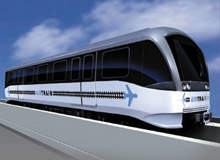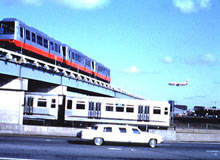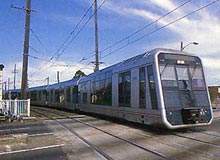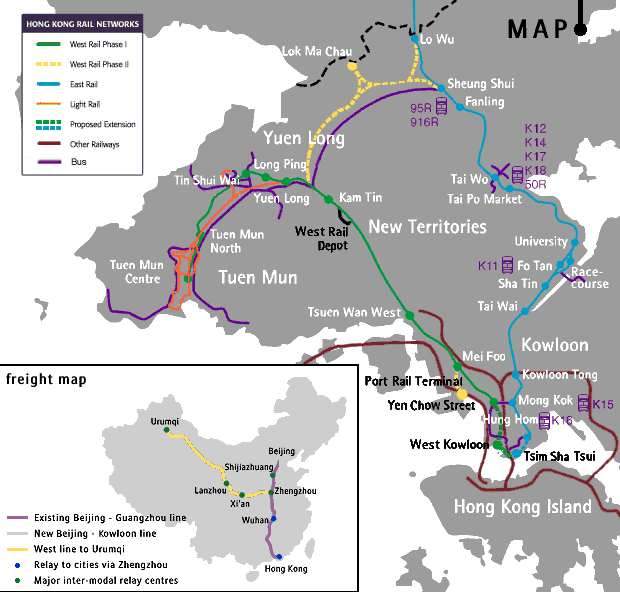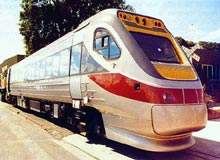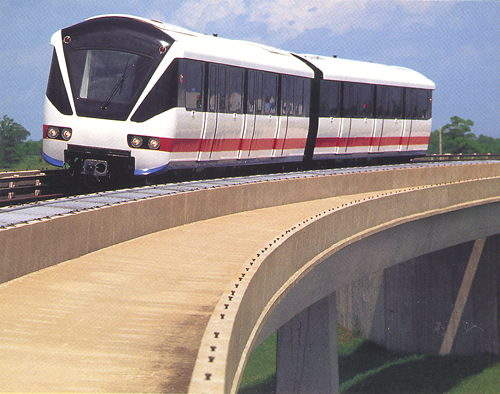Sigma Air Conditioning manufactures purpose-built air-conditioning systems to optimal passenger comfort for locomotives and mass transit vehicles worldwide.
Climate control systems for the railway industry
Sigma Air Conditioning provides solutions for adverse environmental conditions, by combining state-of-the-art equipment designs with quality materials.
They are designed to be lightweight with a monocoque, stainless-steel construction.
The company produces a wide range of climate control systems, including:
- Fully integrated, packaged, air-conditioning systems for passenger cars
- Packaged, electrically driven, locomotive air-conditioning units
The introduction of a complete system with dual independent refrigeration systems for effective redundancy within the unit itself.
Sigma’s solutions encompass the complete refrigeration system, electronics and power line communication (PLC) controls, as well as provide a self-sealing unit to vehicle interface, and dual independent refrigeration systems for effective redundancy within the unit.
Customisable air-conditioning units for extreme temperatures
Sigma Air Conditioning’s equipment designs handle all rail application environments using the latest PLC technology, electronic controls and environmentally friendly refrigerants.
The company’s latest models can be integrated into a train’s operating systems for driver and service technician information, monitoring and control.
Sigma Air Conditioning’s solutions are easily implemented in extreme conditions, as they can regulate themselves to operate at predetermined temperature control settings, providing passenger comfort.
The company specifically designs and customises its products to meet the customers’ exact requirements. The configuration and installation of units varies from roof, under-car or side-mounted packages and capacities range from a single-circuit, 5kW-cooling, 3kW-heating unit, to a high-capacity, twin-circuit 55kW cooling and 40kW heating unit.
State-of-the-art design and engineering processes
All Sigma Air Conditioning’s units are designed within the company’s engineering centre using the latest design technology of a combination of 3D modelling, finite element analysis (FEM) and failure mode effect criticality analysis (FMECA).
This process also gives us the ability to ensure the units will handle the elements, vibrations and have an extended life expectancy in their operating environment on the vehicle.
This ensures that products are able to withstand the most rigorous operating conditions and remain operable in areas that once were deemed impossible.
About Sigma Air Conditioning
Sigma Air Conditioning has sales, design and technical support facilities strategically located in India, the UK, the US and China, while its headquarters in Sydney, Australia, features a modern research and design facility.
The company’s total support achievements are testimonial of its capabilities, always looking forward to providing equipment that complies with agreed customer expectations. With this in mind, Sigma Air Conditioning uses the combined services of its R&D facility and its worldwide technical facilities to ensure clients customers receive the latest technology.



